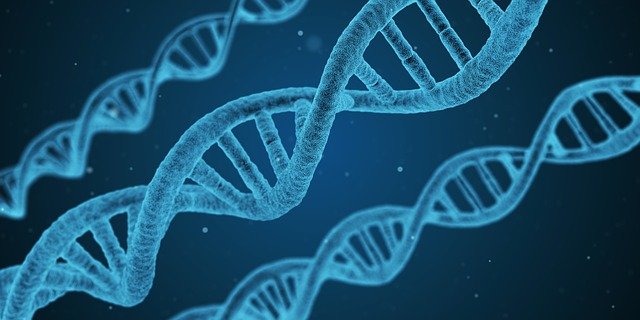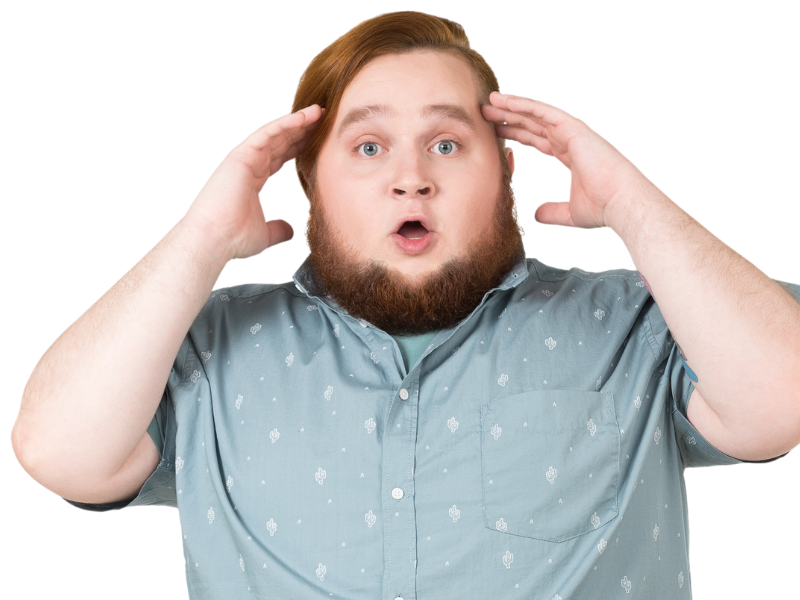Men, women, and children can experience migraines which are usually accompanied with severe, throbbing/pulsating head pain usually on one side of the head. Migraines and can last from 2 to 72 hours, or even days. Migraine is the most common type of vascular headache and can be divided into migraine with aura (classic migraine) and migraine without aura (common migraine). Associated symptoms may include nausea, vomiting, and sensitivity to light, sound, or smell. The pain is generally made worse by physical activity. Not all migraines include head pain. Severe stomach pain is associated with ‘abdominal migraines‘ and other migraines may include, auras, and vestibular symptoms.
Other symptoms of migraine may include; nausea, vomiting, sensitivity to sound or light and visual disturbance such as flashing lights, spots, or temporary loss of vision.
Migraines can occur at any time of the day. Some people experience migraines every week, while others only get them once or twice annually. While, migraines are not usually a threat to a person’s overall health, they can be debilitating, and interfere with a person’s quality of life and day to day living. The causes of migraines are not known at this time, although there are some things that are more common in people who experience them. Migraines tend to run in families and are more common in men then women. Before the age of 12, they are more common in boys.

Difference Between Headache and Migraine
A, ‘Tension Headache,’ differs from a Migraine in that it is less severe and is rarely disabling. Tension headaches present mild-to-moderate pain, are distracting but not debilitating, present a steady ache, and may involve one side of the person’s head. Migraines may also have mild-to-moderate pain, but can also involve moderate-to-severe pain. Tension headaches can involve both sides of a person’s head, but rarely include a sensitivity to sounds or light, nausea, or vomiting.
Migraines present intense, pounding or throbbing pain that is debilitating with a steady ache. Migraine headaches may also involve one side of a person’s head. Migraine headaches can involve both sides of a person’s head, and can involve sensitivity to sounds or light, nausea, or vomiting. Things such as stress and fatigue can start either a tension headache or a migraine. Both of these types of headaches can also be triggered by changes in a person’s body hormone levels (before during or after menstruation, or at menopause), certain foods, or even barometric pressure fluctuations/changes in the weather.
Prodromal Symptoms (early warning signs leading up to a migraine)
Light sensitivity, sound sensitivity, nausea, fatigue, yawning, increased urination, cravings, mood change, and neck pain.
Types of Migraines
Migraines are classified by the types of symptoms a person experiences in association with them. The two most common types of migraines that people experience are, ‘Migraine With Aura,’ and, ‘Migraine Without Aura.’ Other, less common, types of migraines include, ‘Abdominal Migraine,’ ‘Basilar Artery Migraine,’ ‘Cartidynia,’ ‘Headache-Free Migraine,’ ‘Ophthalmoplegic Migraine/Ocular Migraine,’ and, ‘Status Migrainosus.’ There are some women who experience migraine headaches either just prior to or during, or after menstruation. These migraines are referred to as, ‘Menstrual Migraines.’ Menstrual migraines are related to hormonal changes and usually occur at the same time every month, just before, during or after a woman’s menstrual cycle. For some women, migraines go away during pregnancy while other women experience migraines for the first time during pregnancy, or after menopause.
- Migraine with Aura: Characterized by a neurological phenomenon (aura) that is experienced ten to thirty minutes before the headache. Most auras are visual and are described as bright shimmering lights around objects or at the edges of the field of vision or zigzag lines, castles, wavy images, or hallucinations. Others experience temporary vision loss. Non-visual auras include motor weakness, speech or language abnormalities, dizziness, vertigo, and tingling or numbness of the face, tongue, or extremities.
- Migraine without Aura: The most prevalent type and may occur on one or both sides of the head. Tiredness or mood changes may be experienced the day before the headache. Nausea, vomiting, and sensitivity to light often accompany migraine without aura.
- Abdominal Migraine: Most common in children with a family history of migraine. Symptoms include abdominal pain without a gastrointestinal cause (may last up to 72 hours), nausea, vomiting, and flushing or paleness . Children who have abdominal migraine often develop typical migraine as they age.
- Basilar Migraine: Involves a disturbance of the basilar artery in the brainstem. Symptoms include severe headache, vertigo, double vision, slurred speech, and poor muscle coordination. This type occurs primarily in young people.
- Carotidynia: Also called lower-half headache or facial migraine, produces deep, dull, aching, and sometimes piercing pain in the jaw or neck. There is usually tenderness and swelling over the carotid artery in the neck. Episodes can occur several times weekly and last a few minutes to hours. This type occurs more commonly in older people.
- Headache-free Migraine: Characterized by the presence of aura without headache. This occurs in patients with a history of migraine with aura.
- Ophthalmoplegic Migraine: Begins with a headache felt in the eye and is accompanied by vomiting. As the headache progresses, the eyelid droops and nerves responsible for eye movement become paralyzed. Ptosis may persist for days or weeks.
- Status Migraine: A rare type involving intense pain that usually lasts longer than seventy-two hours. The patient may require hospitalization.
Causes of Migraines
Researchers believe migraines are due to abnormal changes in levels of substances which are naturally produced in a person’s brain. Then the levels of these substances are increased they may cause inflammation, resulting in blood vessel swelling. Swollen blood vessels then press on nearby nerves, causing pain. Still, the exact causes of migraines remains unknown. Genetic involvement has also been linked to migraines. Persons who experience migraines may have genetic factors that control functions of their brain cells associated with migraines.

It is known that people who experience migraines react to various factors and events, referred to as, ‘triggers.’ These triggers vary depending on the individual and do not always lead to a migraine. Combinations of triggers, not necessarily a single one, are more likely to initiate a migraine. An individual’s response to triggers can also vary between migraines.
Migraine triggers may include:
- Lack of or too much sleep (change in sleep pattern)
- Skipped meals
- Bright lights, loud noises, or strong odors
- Hormone changes during the menstrual cycle
- Stress and anxiety
- Weather changes (barometric pressure changes)
- Alcohol (often red wine)
- Caffeine (too much or withdrawal)
- Foods that contain nitrates, such as hot dogs and processed lunch meats
- Foods that contain MSG (monosodium glutamate), a flavor enhancer found in fast foods, seasonings, spices and broths.
- Foods that contain tyramine, such as aged cheeses, soy products, fava beans, hard sausages, smoked fish, and chianti wine
- Aspartame (NutraSweet and Equal)
Track your migraines: Keeping a migraine diary and recording the details that led up to the migraine will be helpful for tracking your triggers.
Keep track of the following:
- The time of day your headache started
- Where you were and what you were doing when the migraine started
- What you ate or drank 24 hours before the attack
- Each day you have your period, not just the first day (note if they happen at the same time each month in relation to your period).
FACTS & STATISTICS
How common is migraine?
1 billion sufferers worldwide
1 in 4 homes
1 in 5 women
1 in 16 men
1 in 11 children
Migraines are familial:
If 1 parent has migraine, 50% chance of a child having it too.
If both parents have migraine, 75% chance of a child having it too.
Preventive Treatments:
Prescription medications
Dietary supplements
Devices
Nutritional Support for Migraine Sufferers
Supplements known to be of great benefit to migraine sufferers and recommended by neurologists and headache specialists for 2 decades are the MigreLief line of supplements for migraine sufferers and include:
3 daily formulas (for maintaining normal cerebrovascular tone and function) and one fast-acting “as-needed” formula for on the spot nutritional support:
MigreLief Original (age 12-adult) – Daily
Children’s MigreLief (age 2-11) – Daily
MigreLief+M (menstrual/hormonal migraines) – Daily
MigreLief-NOW (fast-acting) – As Needed
MigreLief Now – Winner 2018 Amazing Wellness Award – Best Herbal Supplement
For more information, visit MigreLief.com


